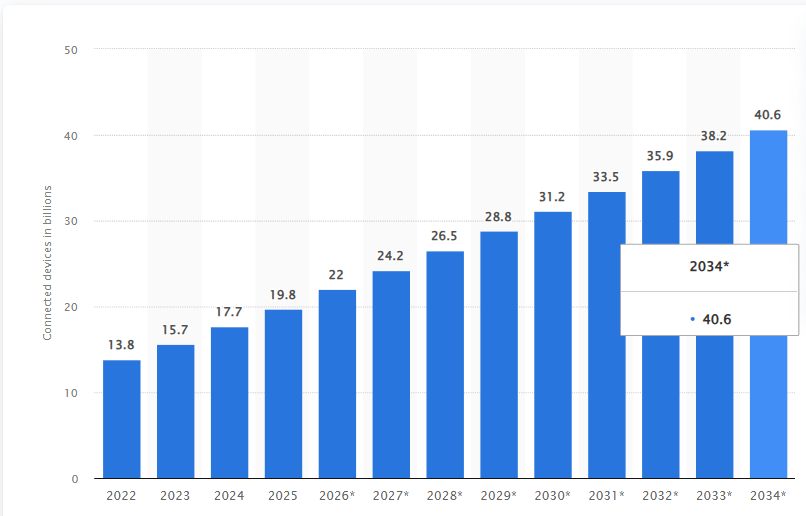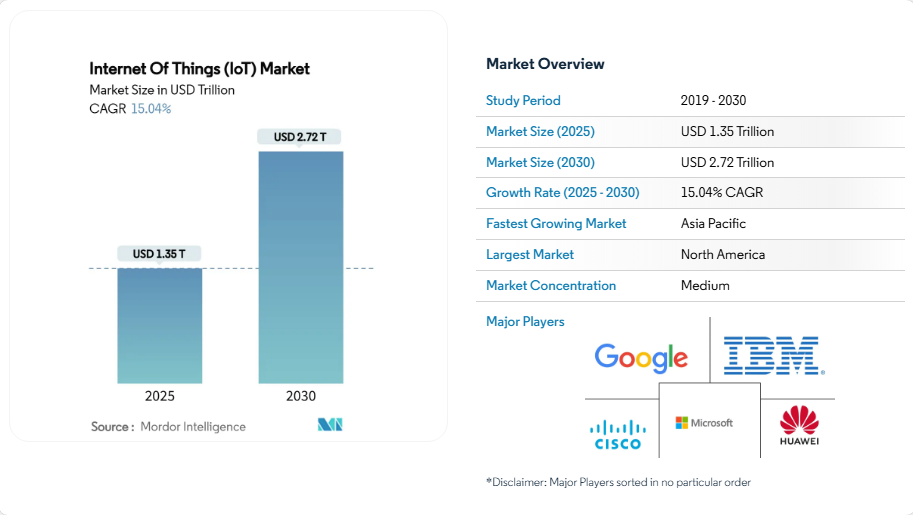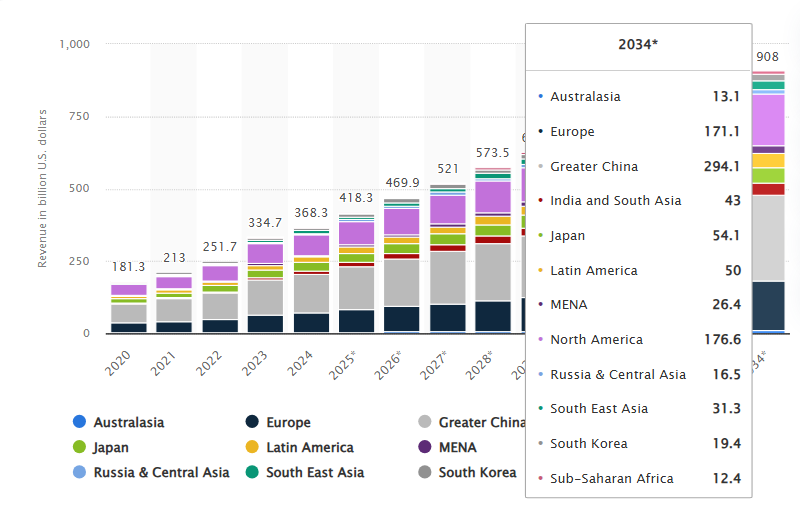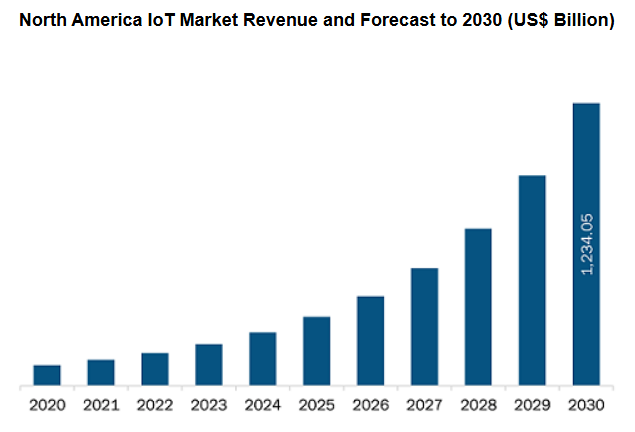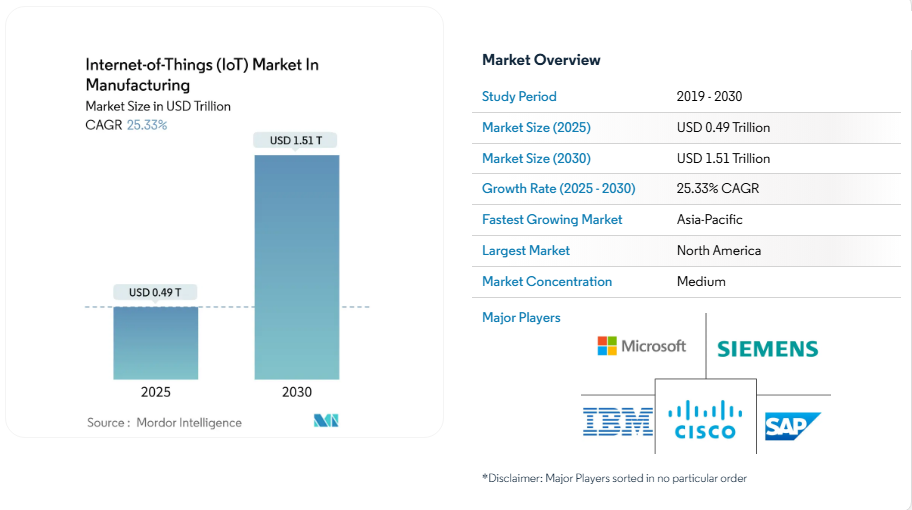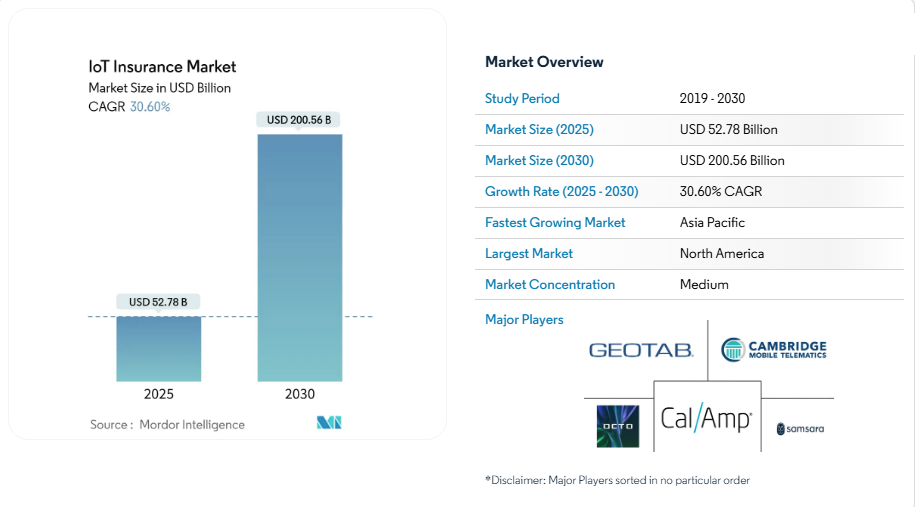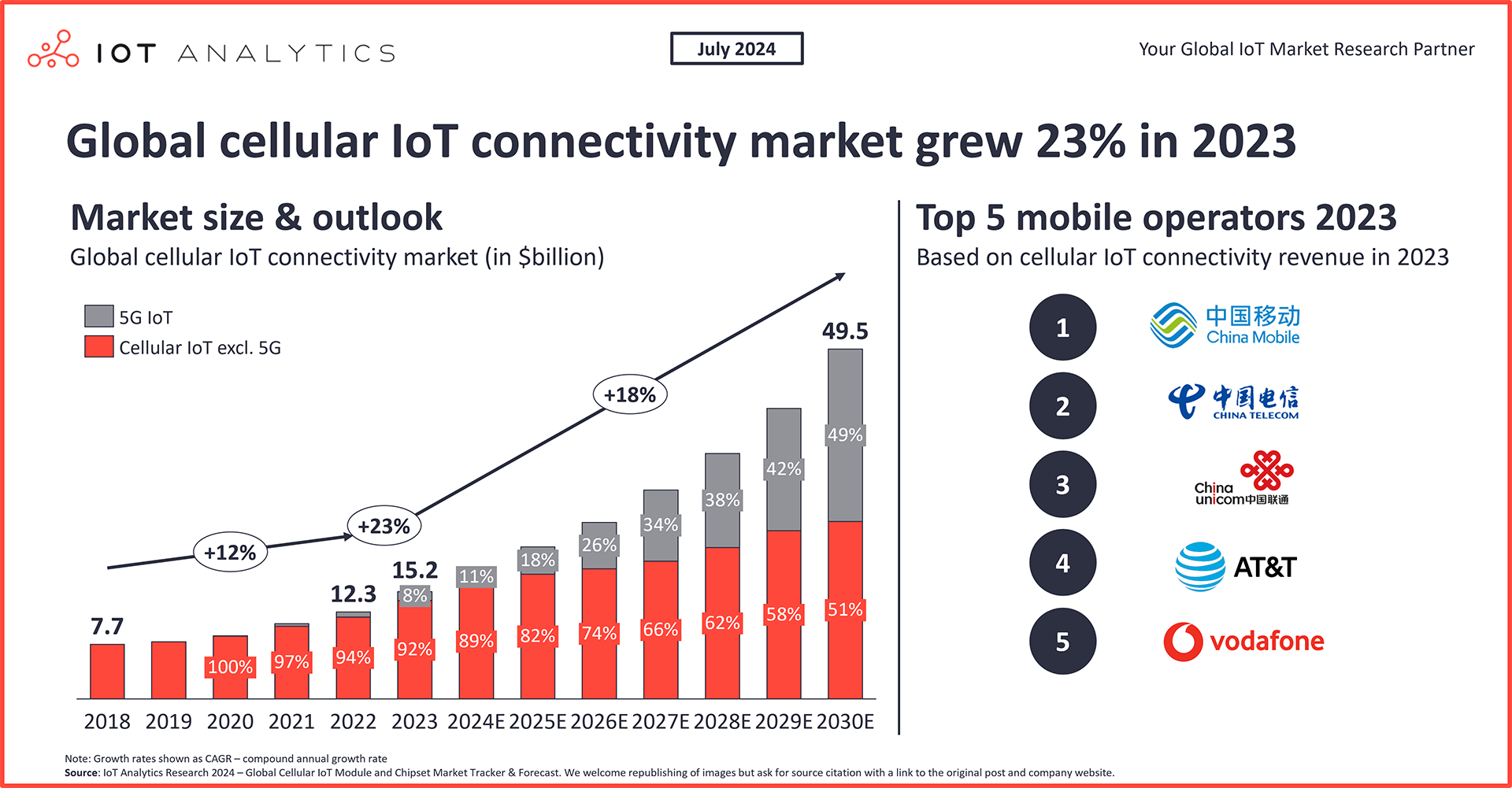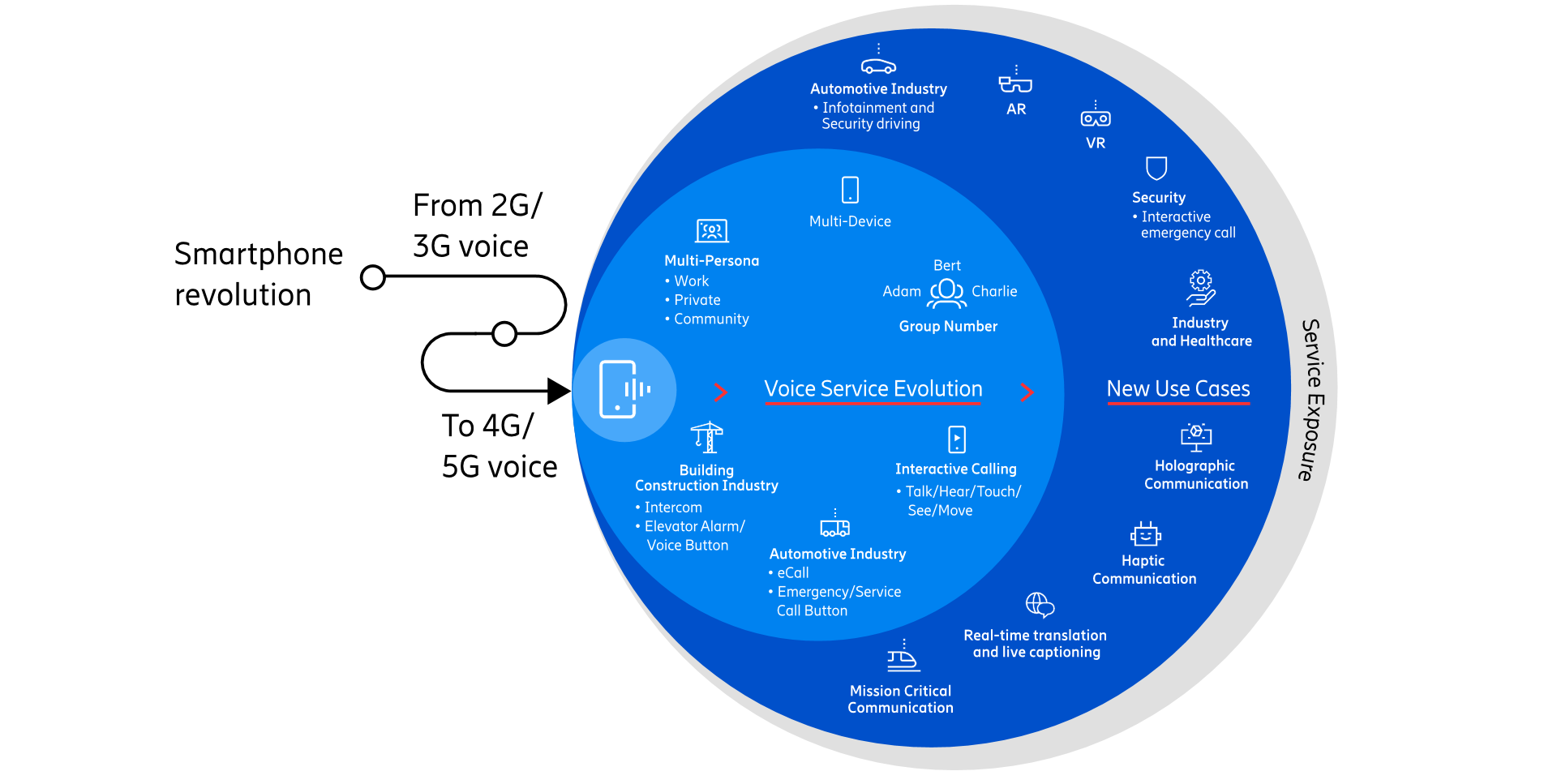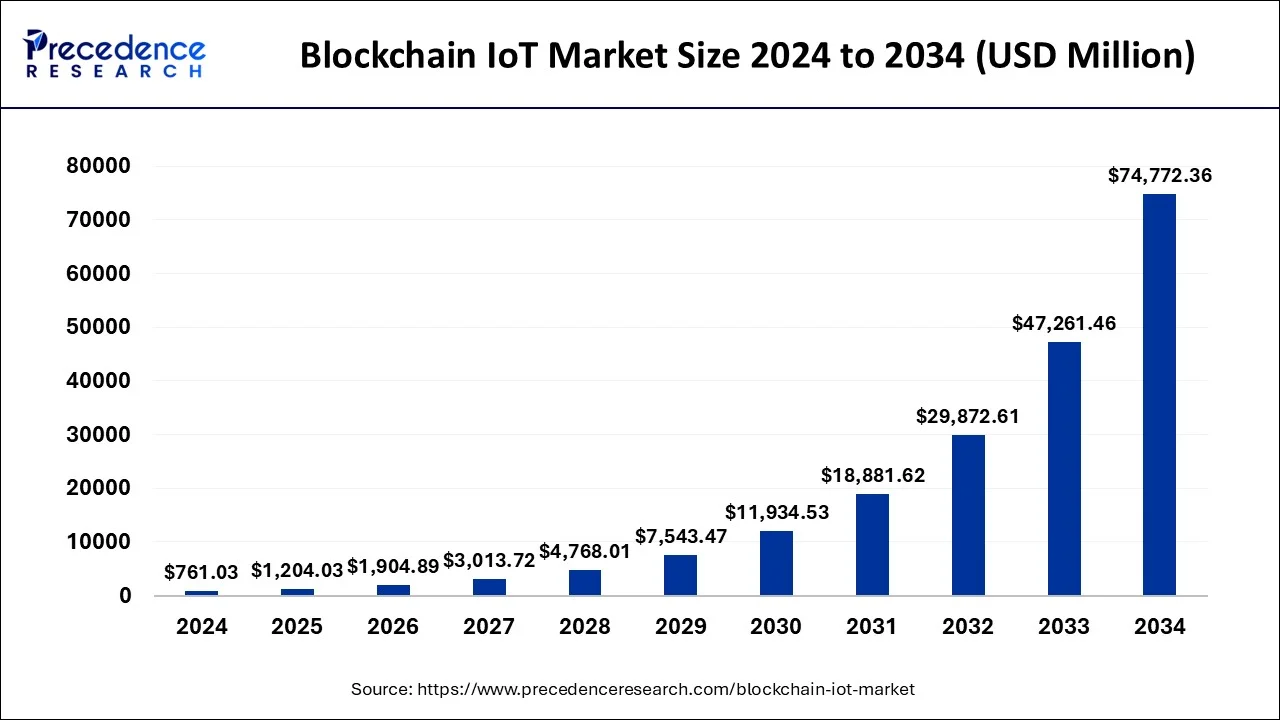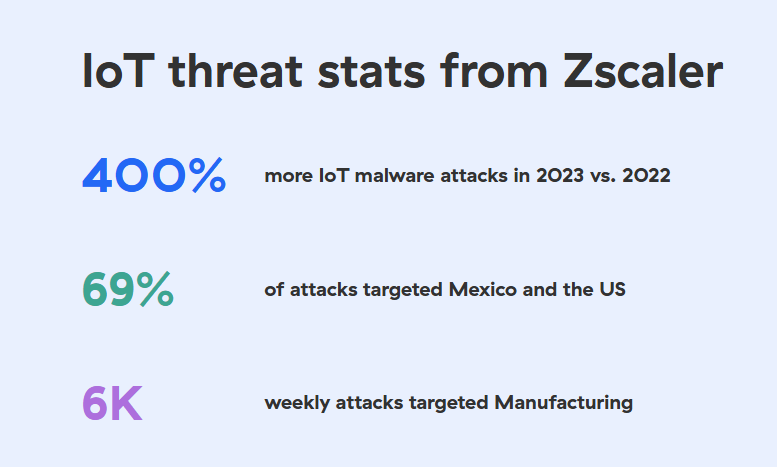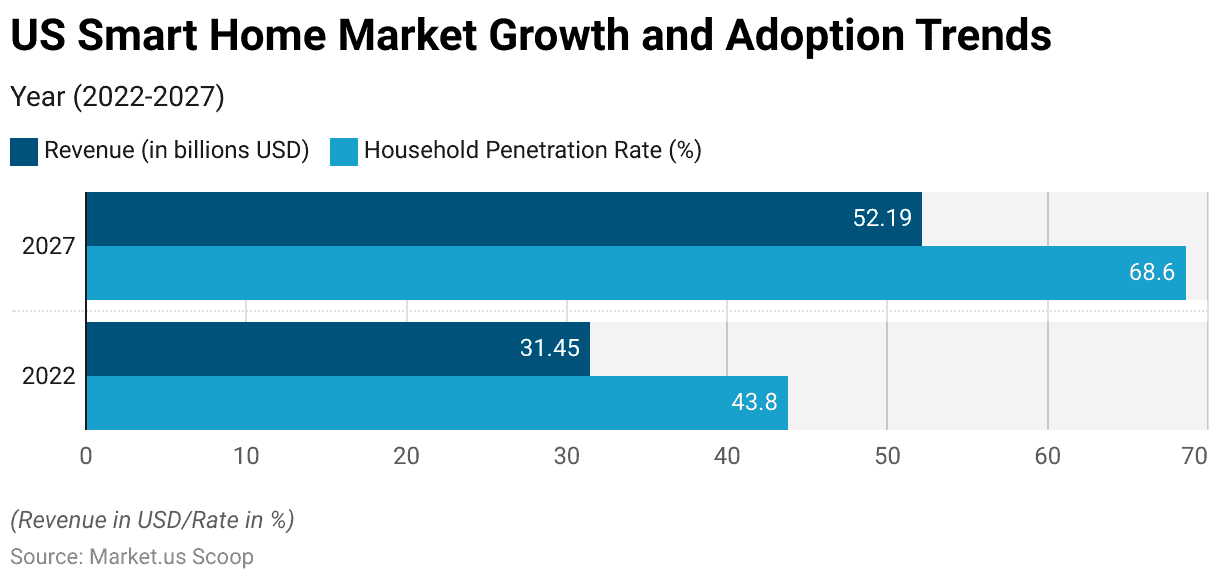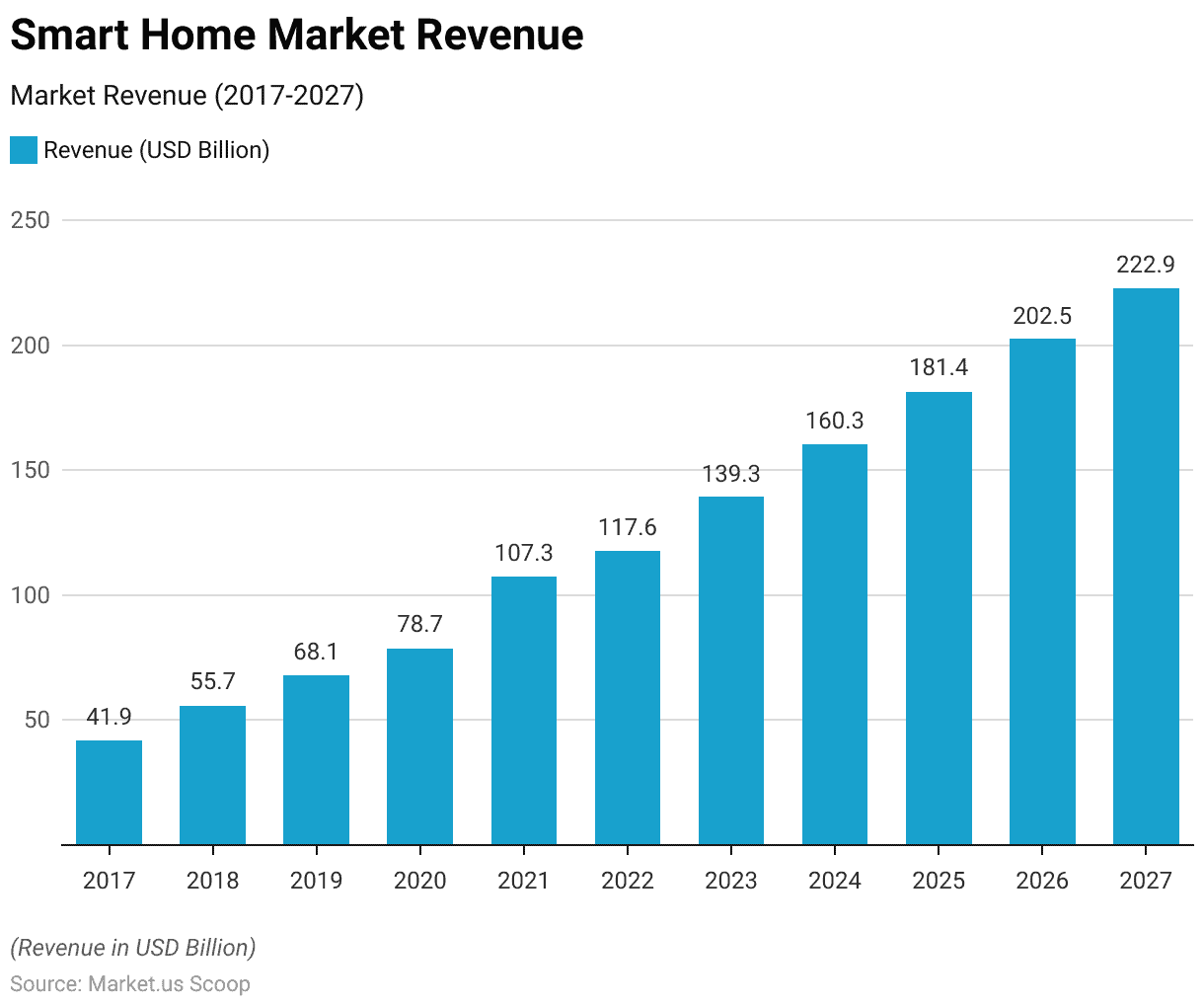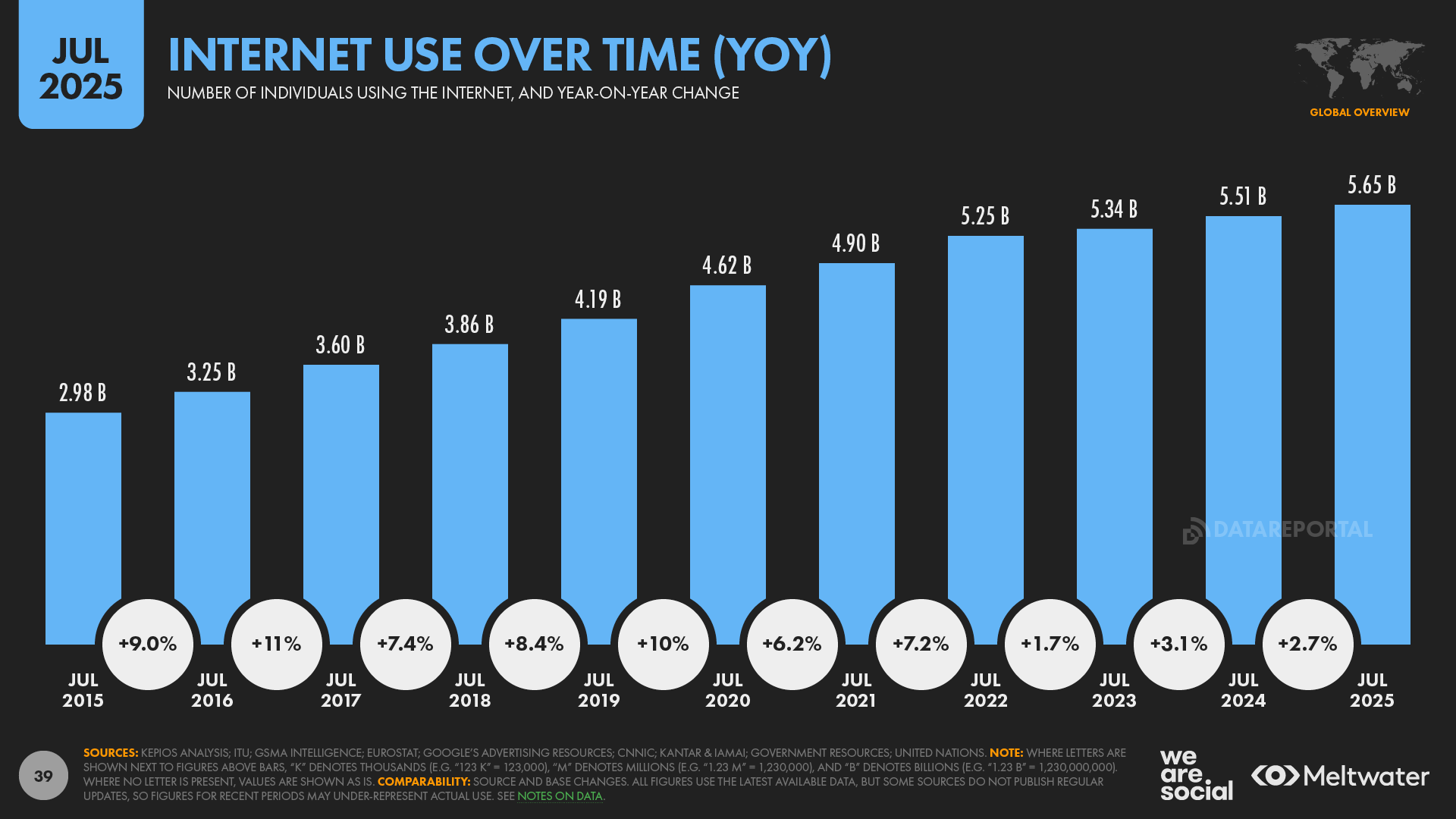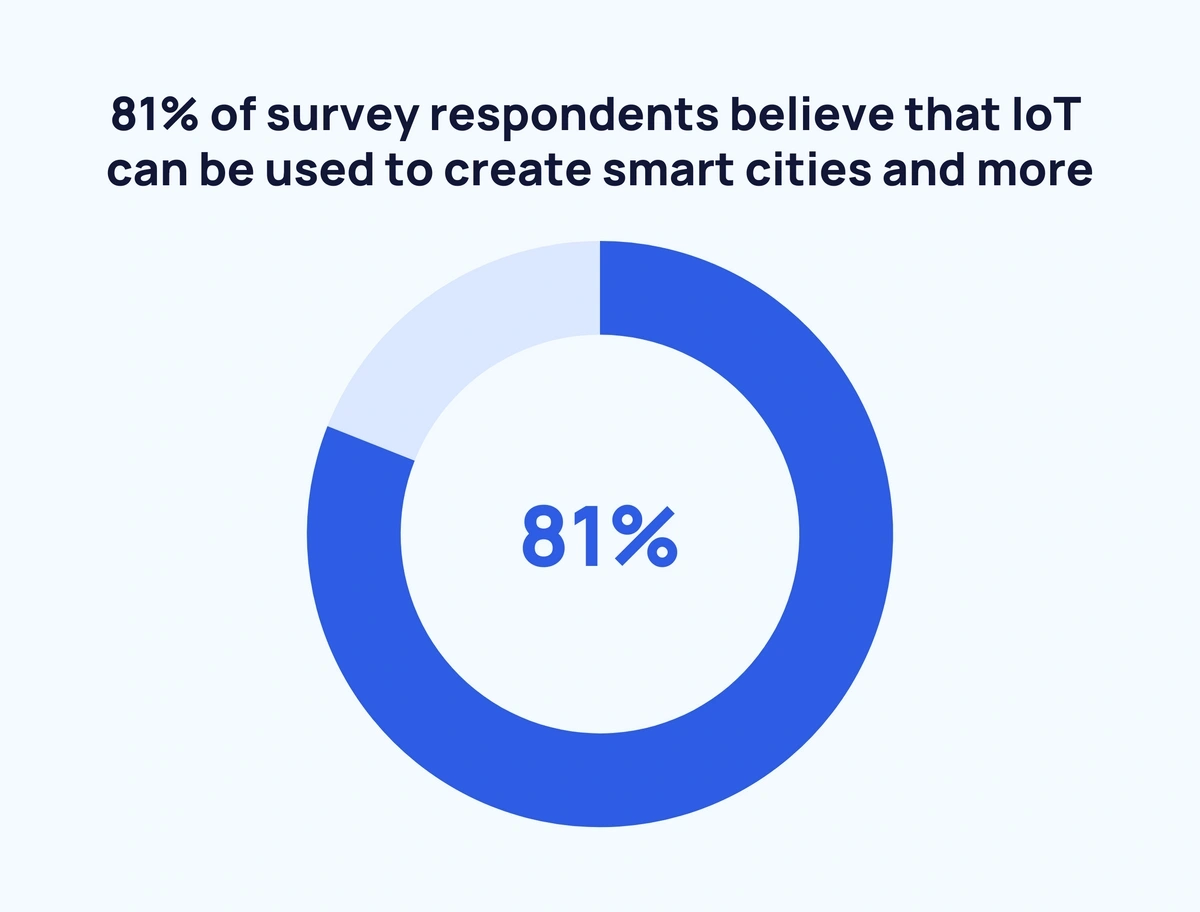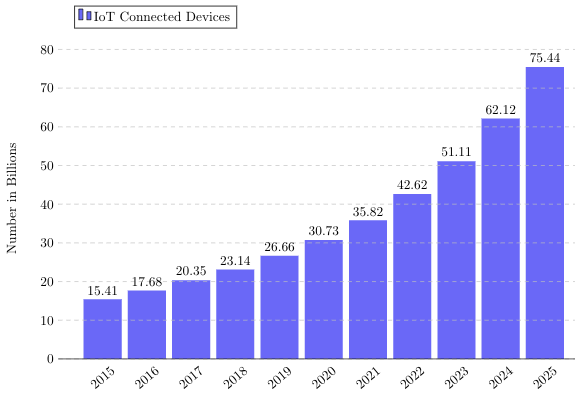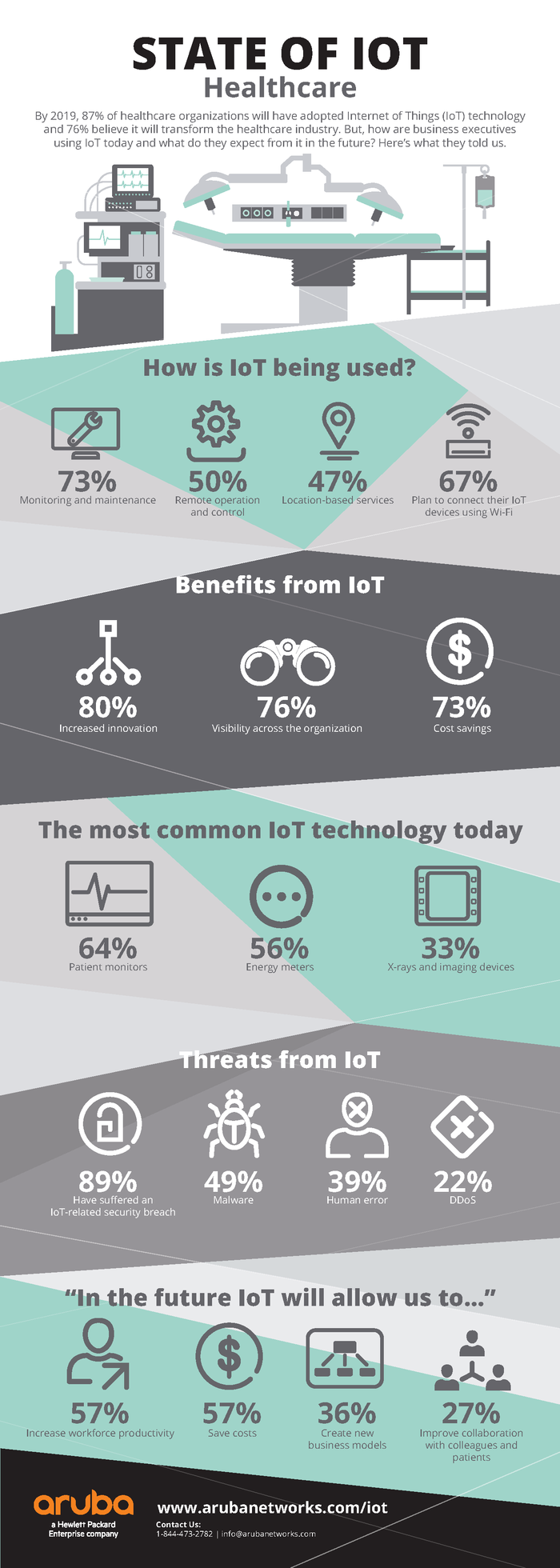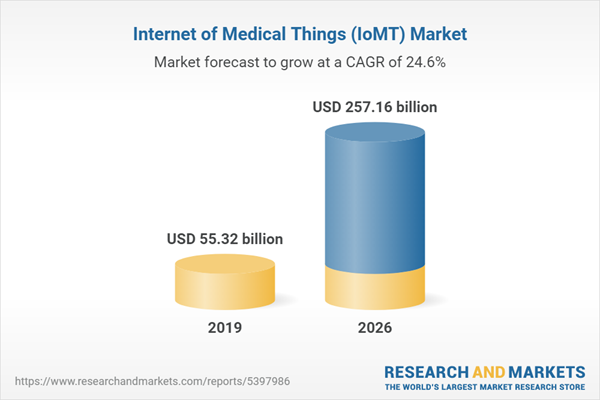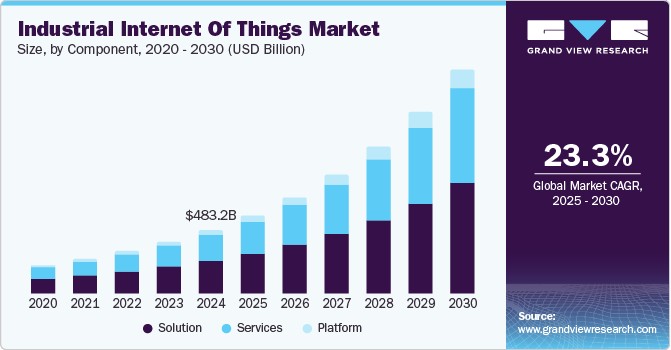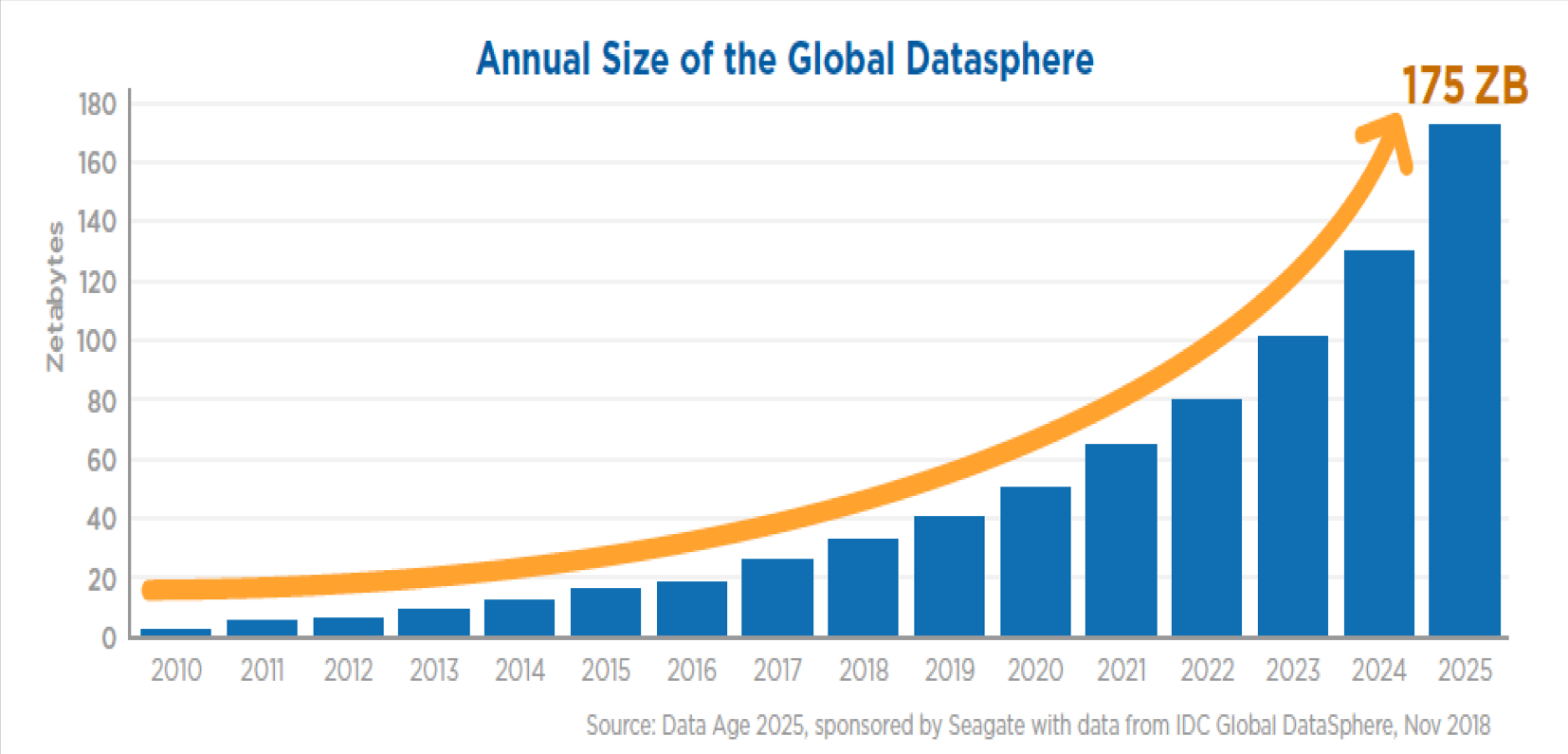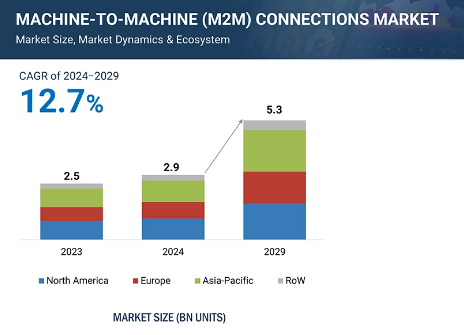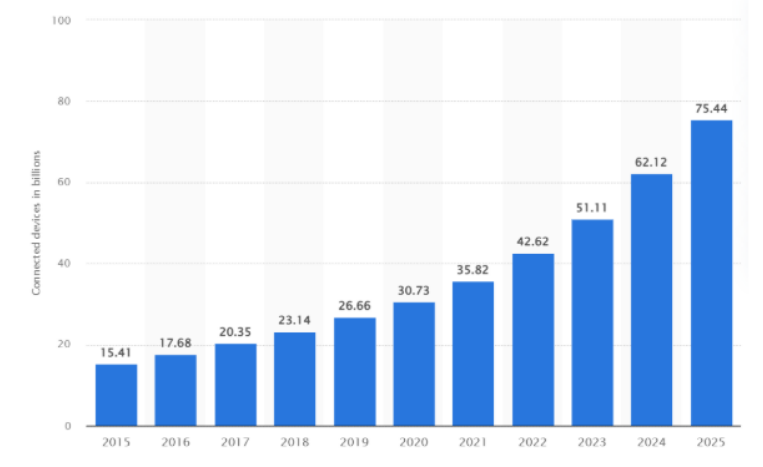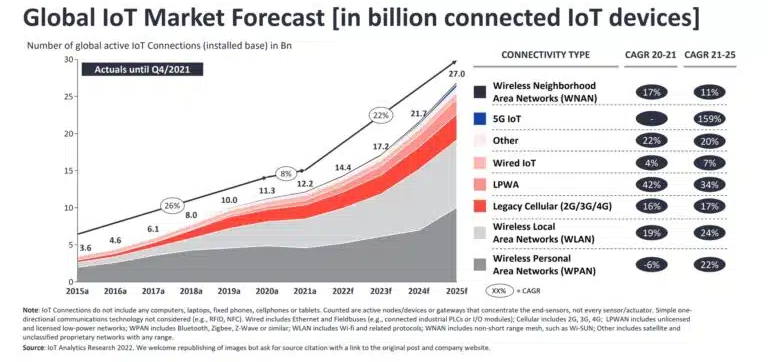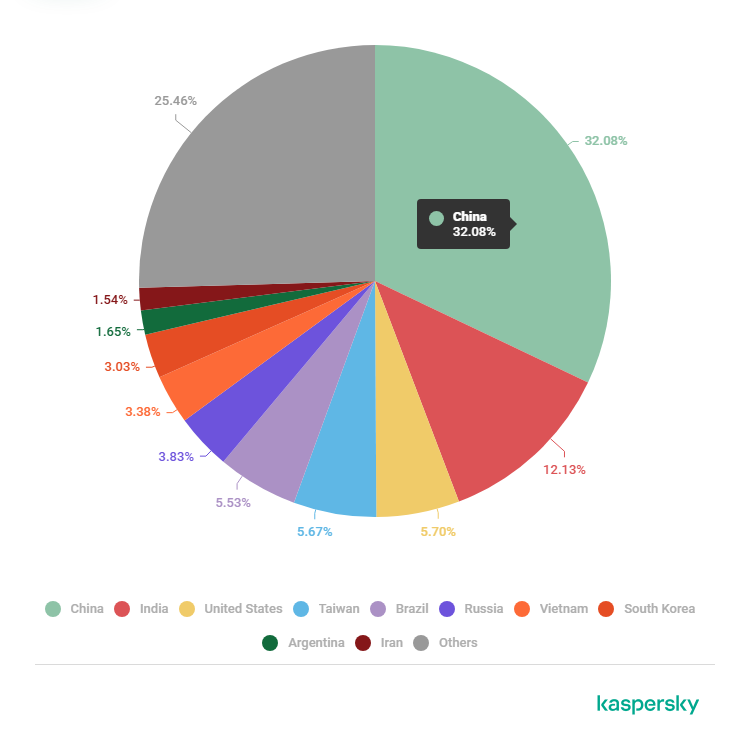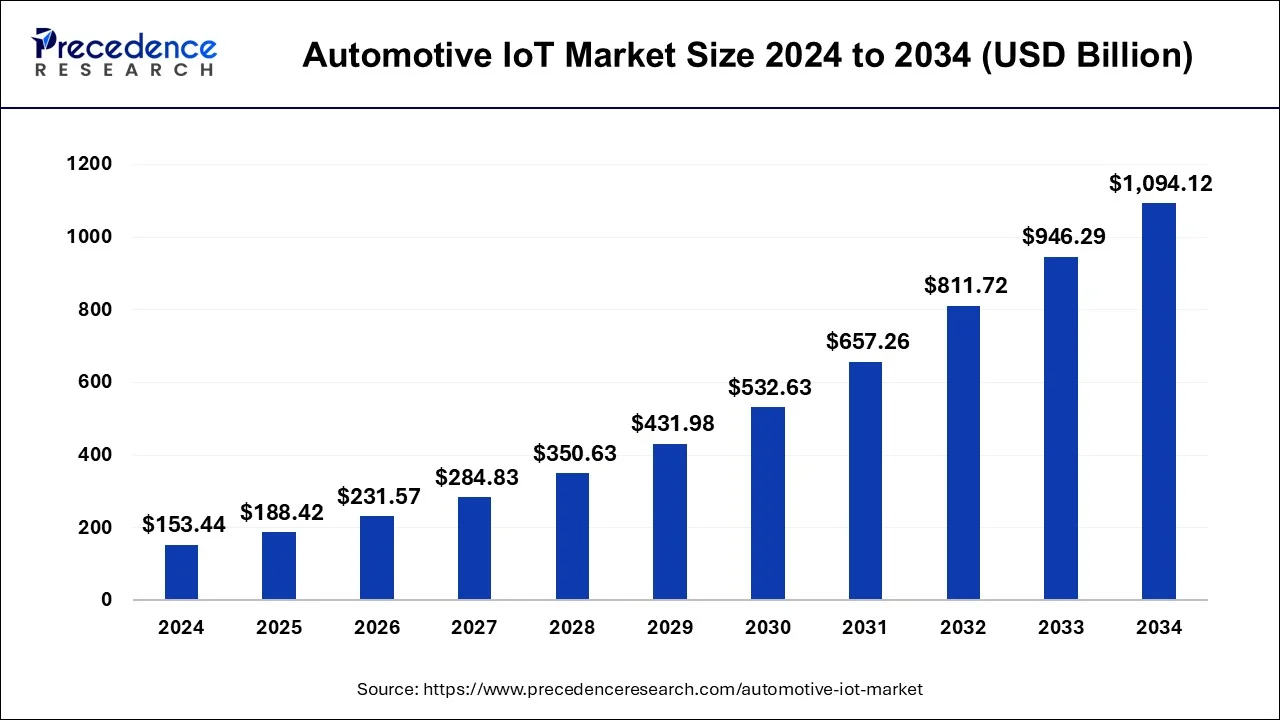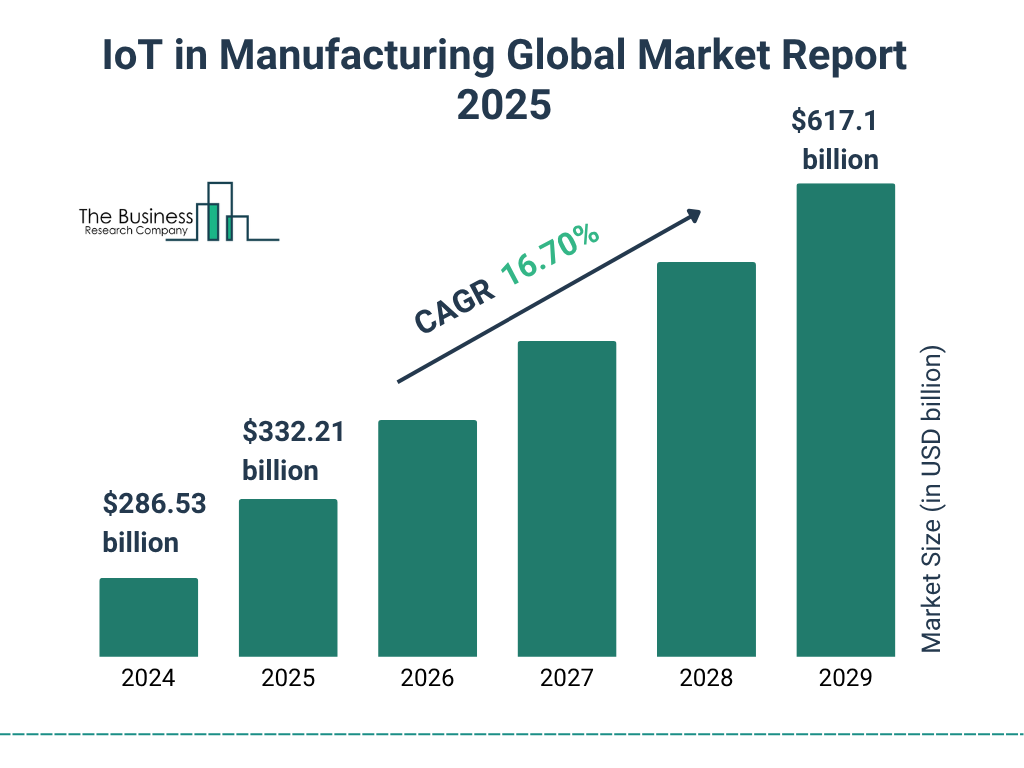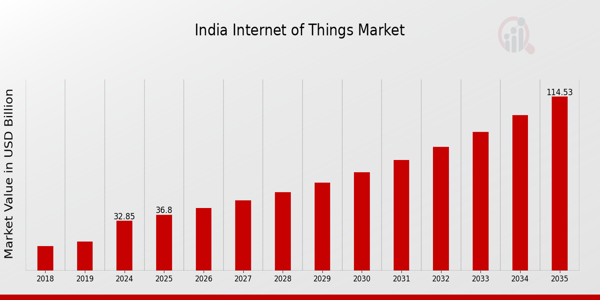Quick Summary :- The Internet of Things (IoT) creates worldwide industrial transformations through its cutting-edge solutions, which unite devices, systems, and people. The advancement of IoT continues in every segment of society, specifically in smart cities, which further leads to environmental sustainability.
The Internet of Things (IoT) transforms daily lives through new interactions between human beings and technology and their working patterns. This article presents over 75 authentic IoT statistics that demonstrate the essential aspects of worldwide adoption patterns, industrial development, monetary value creation, technological innovation, security requirements, consumer behavior changes, and sustainability improvements. Let’s dive in.
75+ IoT Usage Stats: Key Statistics and Trends Driving the Industry Forward
These 75+ statistics demonstrate how the IoT sector continues to evolve in terms of market development and industrial digital transformation. Review the connected future.
Global IoT Market Size and Growth
The worldwide IoT market displays extraordinary expansion while increasing its financial dimensions.
1. The worldwide IoT device number is currently 19.8 billion in 2025 and will reach over 40.6 billion by 2034.
2. The IoT market is expected to reach $1 trillion by 2025. The market reflects quick investments directed towards IoT technology platforms and supporting infrastructure.
3. The IoT device management market worldwide is projected to increase to $45 billion during the 2033 timeframe while starting from $2.8 billion in 2023 with an annual growth rate of 32.0% between 2024 and 2033.
4. The IoT market will expand to USD 153.2 billion during 2029 from its initial value of USD 64.8 billion in 2024. The expansion highlights the growing adoption of IoT across various sectors.
5. The projection indicates that the IoT market will expand from its current USD 1.35 trillion value in 2025 to $2.72 trillion by 2030 with a 15.04% compound annual growth rate (CAGR).
Regional IoT Market Trends
The revolution of IoT finds its leading momentum in specific regions and countries that need discovery.
6. The projected value for the IoT market in China will reach $294.1 billion by 2034 as one of the leading markets.
7. The Chinese IoT market will expand to $1.56 trillion by 2029 with a 10.49% year-on-year growth rate.
8. The United States IoT market will expand to $342.5 billion by 2029 with an expected annual growth rate of 9.74% before reaching $545.10 billion.
9. The European IoT market produced more than 225 billion dollars in 2023 and experts predict this figure will reach almost $450 billion by 2028. The European IoT market demonstrates substantial growth patterns.
10. The IoT market shows its highest consumption levels within North America and is expected to reach $1,234.05 billion by 2030.
Sector-Specific IoT Adoption and Impact
The article shows how IoT changes industries, from healthcare to manufacturing operations.
11. The retail and wholesale sector stands as the leading segment of IoT devices, representing 28% of the total market in 2023. The retail and wholesale industry is in the best position to adopt IoT devices.
12. Research indicates that IoT revenue in manufacturing is valued at USD 0.49 trillion in 2025 and is forecast to reach USD 1.51 trillion by 2030.
13. Healthcare and insurance will experience the most significant growth in IoT spending at 15% and 12%, respectively followed by education at 12%.
14. The Automotive Internet of Things industry will produce $23.6 billion in revenue by the end of 2025 according to predictions.
15. The Agricultural IoT market will expand to $7 billion by 2025 because manufacturers seek field-based equipment and sensors.
16. The IoT in the Education Industry will grow at a rate exceeding 17% to reach $35.70 billion by 2030.
17. The IoT insurance market shows an estimated growth from its current value of $53.95 billion in 2025 to $83.81 billion by 2030 with a 9.21% annual growth rate. The insurance sector is experiencing rising demand for IoT-based solutions in its market.
Connectivity and Technology Trends
The technology behind IoT involves Wi-Fi, cellular, blockchain and upcoming trends in the field.
18. The Wi-Fi protocol dominates smart homes and healthcare IoT markets and experts predict that Wi-Fi 7 will become prevalent in IoT Wi-Fi products starting from 2024 and contribute to 7% of IoT-based Wi-Fi shipments.
19. The global network of interconnected IoT devices includes Bluetooth as its main technology for 25%.
20. The market share of Cellular IoT (2G, 3G, 4G, 5G, LTE-M, and NB-IoT) is expected to grow by 18% YoY growth in 2023 which exceeded global IoT connection expansion rates.
21. The global broadband IoT (4G/5G) network achieved 1.8 billion connections in 2023 while predicting to keep its position as the largest cellular IoT connection segment through 2029.
22. The migration from 2G/3G networks to 4G/5G brings better IoT performance and slowly depleting the use of older networks.
23. The projection shows that the Global Blockchain IoT market size will reach around USD 74772.36 million by 2034, growing at a CAGR of 58.21% from 2025 to 2034.
24. According to Jupiter Research, the global IoT cybersecurity market will cross $29 billion by 2029.
Enterprise IoT
Let’s understand how businesses leverage IoT in leading sectors and their core benefits.
25. According to a recent report, the IoT market will surpass $1 trillion in 2025.
26. Enterprise IoT solutions generated $269 billion in revenue, experiencing a 15% increase from the previous year.
27. Investment costs are the main factor that delays IIoT adoption in manufacturing, while 72 percent of manufacturers are boosting their digitization efforts by leveraging IoT for digital industrial operation transformation.
28. The data indicates that 46% of manufacturers use Industrial IoT technologies in production or assembly operations.
29. The German industrial sector and manufacturing operations implement IoT solutions at digital factories through investments from 91% of their businesses.
30. 72% of European enterprise organizations use Internet of Things security applications.
Security and Cyber Attacks
The Internet of Things continues to carry dangerous cyber threats which expose multiple possible security vulnerabilities.
31. The number of cyberattacks targeting IoT increased by 400%, while manufacturing emerged as the leading sector facing attacks.
32. According to reports, more than 10 attacks are launched on home-based IoT devices, impacting the lives of the users.
33. Reports say that IoT-based attacks will continue to rise in 2025.
34. IoT cybercriminals prefer routers as their attack gateway because these devices enable 75% of all IoT attacks and face approximately 5,200 monthly attacks.
35. IoT encounters three primary security threats that consist of malware attacks at 49% combined with human errors at 39% and DDoS attacks standing at 22%. Source
36. The Telnet protocol is the most frequently used attack vector in IoT cyberattacks because it is abused by 58% of attackers.
Smart Homes and Consumer IoT
Through automated systems, residents can now enter the connected home space to discover comfort and control.
37. The number of active households leveraging Smart Home technology is expected to reach 93.59 million with a household penetration rate of 68.6% by 2027.
38. The consumer revenue generated from IoT devices surpassed $65 billion in 2023 while reaching $180 billion in 2030. The revenue from consumer IoT products continues to rise at an increasing rate.
39. According to market forecasts, the smart home market will achieve $222.9 billion by 2027, while global households will total 672.6 million that utilize smart home devices.
40 .The number of IoT-connected new cars will reach 90% of the market by 2040.
Device Specific Adoption
The study examines how popular different devices are in the market, including smartphones and healthcare devices, and their corresponding security risks.
41. The number of smartphone users representing IoT devices reached 5.56 billion in Q1 2025.
42. Medical facilities will employ approximately 7.4 million Internet of Things devices by 2026.
43. A 2024 research study tracked 9.1 billion security events that occurred throughout 50 million IoT devices.
Smart Cities
People should see the potential of cities that utilize networked infrastructure.
44. A survey reveals that 81% of respondents foresee IoT as the answer to smart cities and implementing improved solutions for managing traffic together with waste systems and digital displays.
45. The global projection for smart cities indicates 26 settlements by 2025, while sixteen will be located in North America and Europe and Asia-Pacific will hold the remaining ten towns.
46. Public buildings that use 5G and IoT technologies and their energy-saving capabilities, enable annual taxpayer savings of £580 million through decreased energy usage by 17%.
47. The worldwide network of IoT devices is anticipated to surpass $75.44 billion units in 2025, thus heavily affecting smart city infrastructure.
Healthcare IoT (IoMT)
The healthcare field will evolve into a connected system that brings medical solutions for the future.
48. About 50 percent of healthcare IoT is employed for remote operation and control, and almost 47 percent of it is for location-based services.
49. IoT devices’ monitoring and maintenance functionality serves as the primary purpose for healthcare organizations, among more than 70 percent of them that employ these devices.
50. The forthcoming projection indicates that the IoT healthcare market will achieve $289.2 billion by 2028.
51. IoMT Market is expected to reach $257.162 billion by the year 2026.
52. Medical imaging devices operate with unsupported operating systems that create cybersecurity challenges since they affect 83% of these devices.
Industrial IoT (IIoT)
Industrial transformation happens through machines’ connections, which results in enhanced operational efficiency.
53. Construction business operators predict that IoT, along with other emerging technologies, will transform their industry because 95% of them believe this will occur.
54. IIoT markets will expand to USD 1,693.44 billion by 2030 with a 23.3% compound annual growth rate from 2025 to 2030.
55. Integrating industrial robots through IoT technology leads to enhanced manufacturing automation rates reaching approximately 30%.
AI Integration in IoT
The connection among AI systems and devices achieves perfect synergy.
56. AI integration in IoT is a primary 2024 trend that includes generative and edge AI because AI mentions appear in 34% of CEO earnings calls between Q2 2024 and Q4 2024.
57. The quantity of data produced by IoT will reach 175 zettabytes in 2025.
Other IoT Trends
58. Prolific growth is expected for machine-to-machine (M2M) connections throughout the 2029 to 2024 period, with projections indicating a rise from 2.9 billion units to 5.3 billion units at a compound annual growth rate of 12.7%.
59. In 2024, a total of 51% of enterprise IoT adopters plan to grow their IoT budget and 22% of these organizations project more than a 10% budget increase compared to 2023.
60. The analysis found sensor processing to be the primary focus for IoT innovations based on survey results, where 48% of respondents voted this way.
61. The number of IoT devices joining the Internet will surge from 7,620 every minute to 152,000 in 2025.
62. Market growth of the IoT is estimated to reach more than 75 billion connections by 2025 following mobile edge computing, wide-area connectivity, 5G and real-time information analytics.
63. According to IoT Analytics, there will be more than 27 billion IoT devices by 2025.
64. Smartphones are by far the largest product category of the IoT, or at least they were in Q4 2023 with 5.3 billion unique smartphone users.
65. The IoT market is anticipated to reach approximately $3.3T by the year 2030.
66. According to the survey, healthcare organizations that employ IoT devices for Heart-rate monitoring can deliver accuracy rates of about 90 percent or better.
67. According to the research, in the first half of 2023, 97.9 percent of all password brute-force attempts came through Telnet.
68. Healthcare also contributes to completing 6% of the IoT projects and 55% in the Americas.
69. In the case of Scand, the Internet of Things was stated to have the potential to cut the inefficiencies and wastes that amount to $100 billion for the healthcare companies.
70. According to research, the automotive industry is set to reach USD 1094.12 billion by 2034.
71. The spending in Industry 4.0 was estimated to be $67 billion, which is set to rise to $276 billion by 2029.
72. According to a business research company, IOT for the manufacturing industry is expected to surpass $300 billion by 2025.
73. According to reports, implementing IoT devices will save more than $300 in a year for the healthcare industry.
74. The Internet of Things Market in India is expected to grow to USD 114.53 Billion by 2035 with the growth rate of around 12.023% during the forecast period (2025 – 2035).
75. Consequently, in 2023, there were more than two connected devices per person in the whole world.
76. Enterprise-connected IoT devices managed via private networks are predicted to increase to 38.5 billion by 2030.
Conclusion
The Internet of Things exists today as a real technological force that changes both businesses and regular life practices. The available data shows dramatic expansion along with huge economic prospects while enterprises expand their participation.
The IoT revolution advances through security threats management alongside breakthroughs such as IoT connectivity innovations and Artificial Intelligence implementation and specialized industry solutions.
People and businesses need to grasp these trends because they provide vital information about responsible use of connected world technology.
Leverage the power of IoT today! Enhance efficiency, drive innovation, and stay ahead with smart, connected solutions designed for your industry. Start your IoT journey now!
Frequently Asked Questions
What industries receive the most profitable return from their IoT implementation?
The applications of IoT produce significant advantages for manufacturing together with healthcare and energy and retail and transportation and agriculture leading to operational savings and productivity improvements.
Are IoT devices safe from cyber threats?
Security remains a persistent issue because the annual number of potential IoT cyberattacks reaches millions. Organizations that use encryption and maintain regular maintenance along with network surveillance systems become less vulnerable to attacks.
How does IoT affect sustainability goals?
IOT solutions enable better resource utilization and minimize energy expenses as well as waste reduction and environmental protection. The solutions work in harmony with wider sustainability initiatives to protect the environment.
What is the Internet of Things (IoT)?
Physical objects equipped with sensors together with software components and other technologies connected through the internet form the basis of IoT.
How does IoT benefit industries?
Through the benefits of IoT devices industries achieve predictive maintenance functions which generate operational efficiency improvements while reducing costs alongside real-time monitoring capabilities and automatic processes capabilities.
